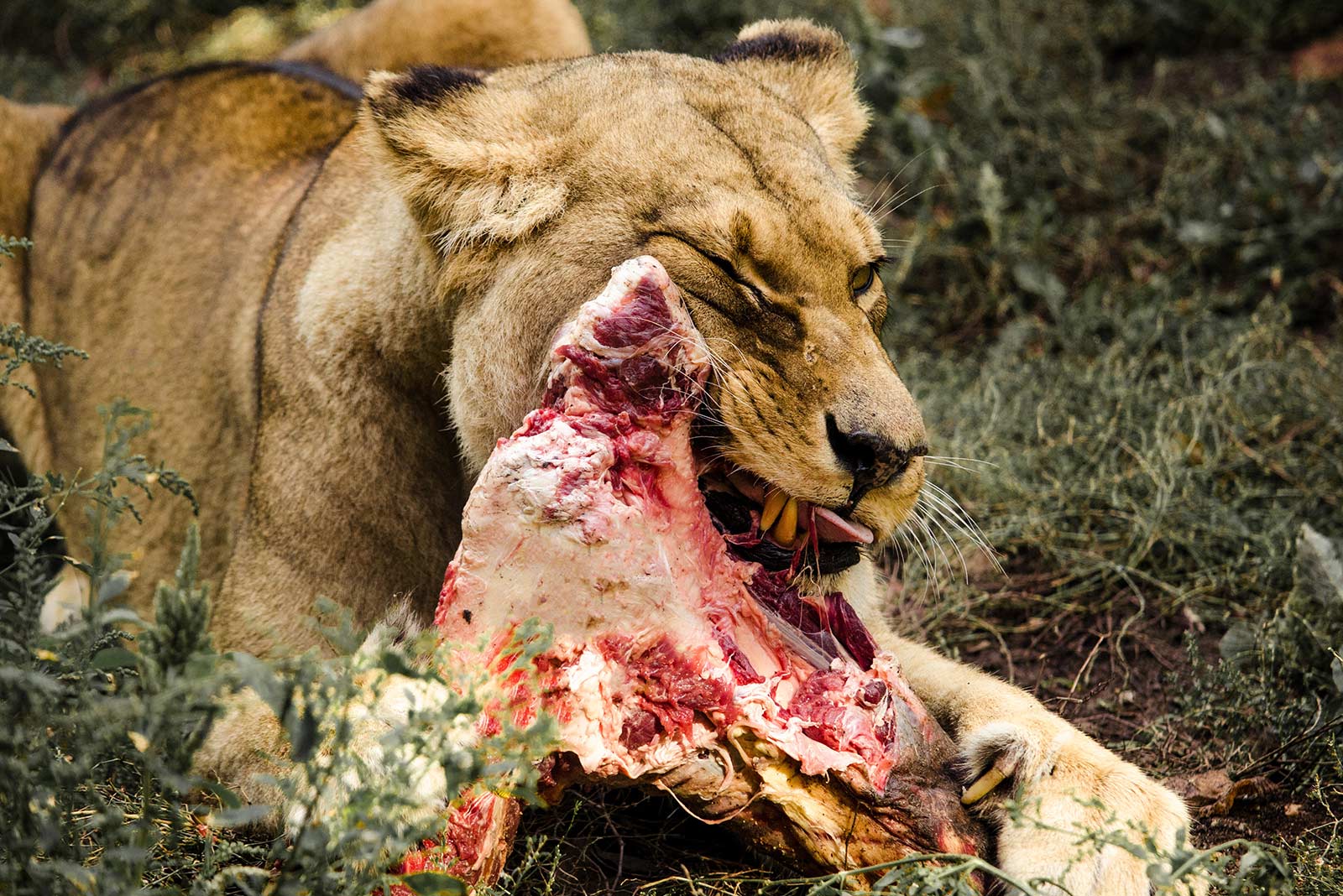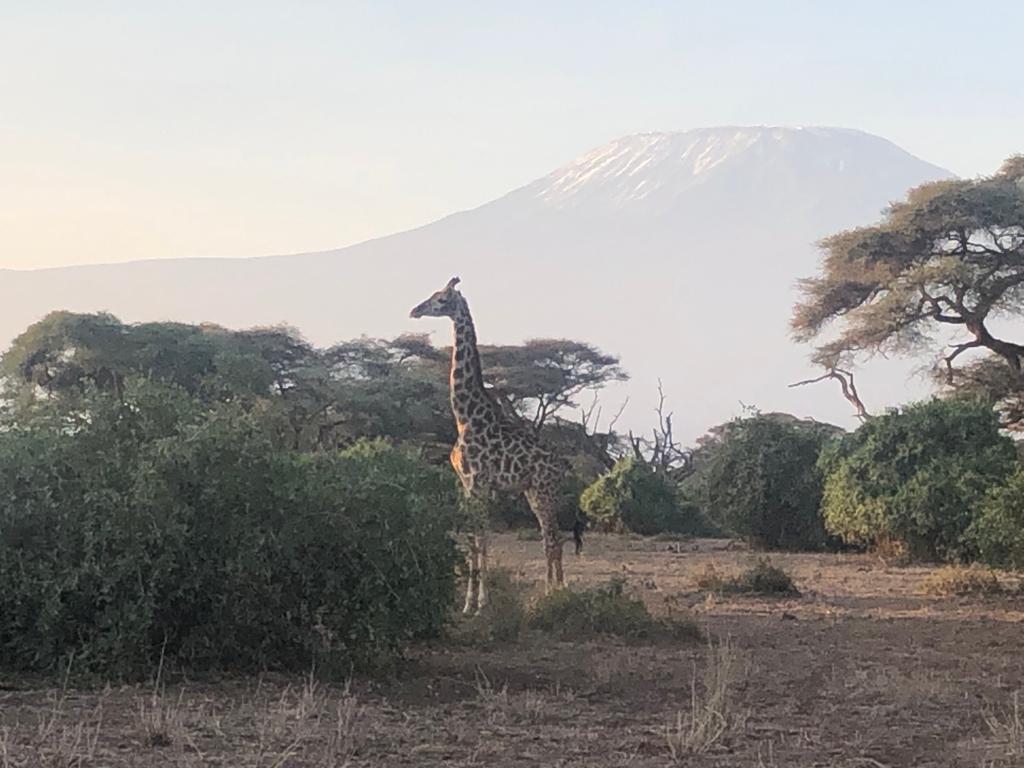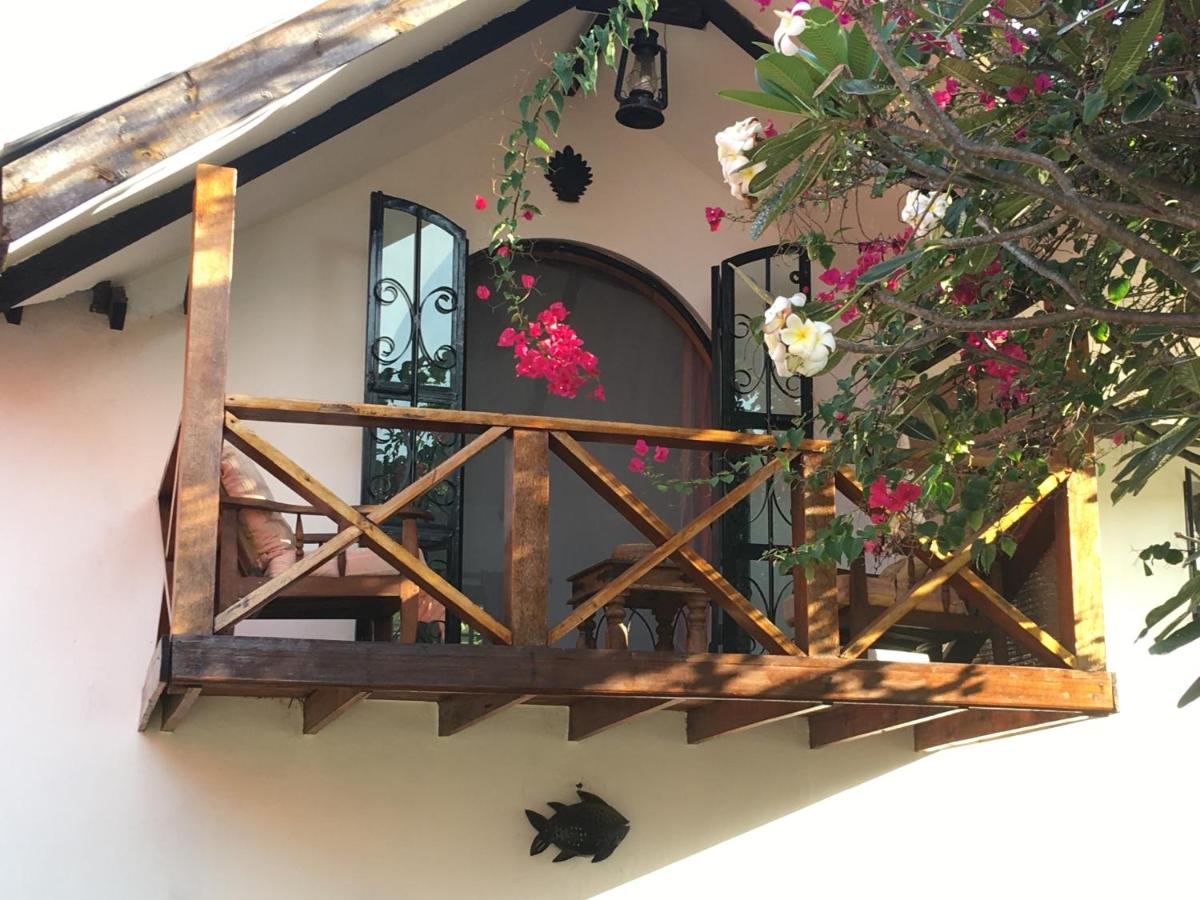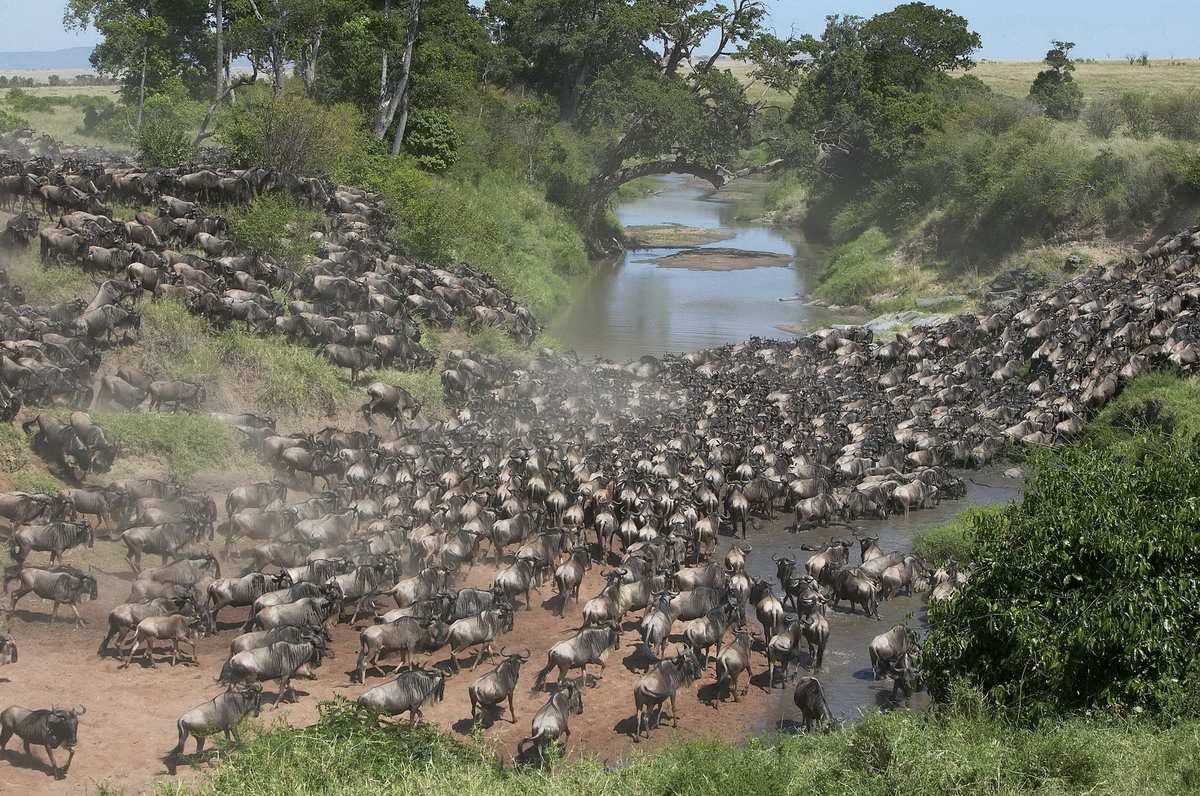
Why ‘The Big Cat Diary’ Loves The Sensation Of The Wildebeest Migration
Why ‘The Big Cat Diary’ is a nature documentary series on BBC television that has been running since 1996. The series, which is filmed in the Maasai Mara Game Reserve in Kenya, follows the lives of African wild cats such as the cheetah, the leopard and the lion. Big Cat Diary has grown over the years. It has a feature known as Big Cat Live where the cameras and the explorers give us live footage of the cats in the wild. Following the series can get you emotionally attached to some of the stories and characters. The animals get names. The cameras follow their lives and you can almost relate to their stories like real people. As they shoot year round, make sure you catch one of the Big Cat Diary’s biggest sensations i.e. the Great Wildebeest Migration.
Every year, over 1.5 million wildebeests together with a few thousand gazelles and zebras cross from the Serengeti National Park in Tanzania to the Maasai Mara Game Reserve in Kenya. The herbivores follow the rainfall patterns in search for food and breeding grounds. As they travel great distances across Africa’s Savannah, they make history by being, not only the largest migration of creatures of earth but also one of the Seven Wonders of the World. The wonder of this migration does not merely consist in the great numbers. Big Cat Diary will tell you that there is more. The Great Migration is hunting season for the big cats of the Maasai Mara. As the herd of wildebeests cross the dangerous Mara River, some don’t make it out alive. Crocodiles grab their share of Mother Nature’s offerings and leave the millions of animals to face an even bigger danger ahead.
Wild cats!
The wildebeests initially don’t sense any danger. They traverse noisily, their hooves striking the earth, purposed to make it alive to the green pastures. Unknown to them, in the tall grass of the savannah, are slits of eyes watching the move of delicious meat into their territory. The noisy herbivores cancel out the noise in the thicket, giving the lions an opportunity to sneak up on them. Ahead of the herbivores are the cheetahs, the fastest animals on the planet. For once the food is running towards them and not away from them. The leopards that perch on the acacias trees catch an aerial view of the action. The lions are already in pursuit. That’s why the herd has increased its speed. The cheetahs are planning their takeaways right ahead.
The lions, cheetahs and leopards don’t have much opportunity as we may think. There’s not variety to choose from just because there’s millions. Herbivores when united can withstand a predator. The wildebeests make good use of their horns to protect themselves as they cross into the Maasai Mara. The big cats know this and they are therefore careful. As the herd traverses the land, the lionesses try to isolate the stray herbivores. Once they can separate a few from the pack, they can easily track them down for the kill. The cheetahs and the leopards make their moves too. The big cats with their powerful hind legs pounce on the herbivores. They sink their claws into the skin of the wildebeests. A few wildebeests caught in this conundrum make use of their hind hooves and kick the killers of their backs. The cats realize that they need to work together. The lionesses, for example, target one wildebeest. The cheetahs pursue the conspicuous stripped zebras. The leopards need a meal they can drag up a tree.
They cats ensure they focus on weakening their prey. They cease to make isolated attacks and pursue as one pack. The poor wildebeest is gripped in the neck. The lions sink their fangs and don’t let go until the last life oozed out of the dying beast. The other lions have weakened the feet and the sides of the animal in the process. The meal is ready. The cheetahs made their kill too. Their cubs rush to their mother and sink their tiny mouths into the pool of zebra blood and flesh. The leopards prefer to eat their meals away from everyone else. One captured a juicy gazelle and he drags its carcass up the acacia trees and feasts, undisturbed. When the cats have had their fill and their young ones have eaten too, they leave. The big cats’ job is useful for the hyenas and the vultures. They descend on the bones and lick up whatever flesh and blood is left behind.
If you’re lucky, you can catch all the action with a good pair of binoculars in the Mara. If you’re luckier, you can see the action in High Definition TV on BBC’s Big Cat Diary and get to see close-ups that the wild cannot offer. The adventure of the wild cats running the food chain is simply breathtaking and it is the core reason The Big Cat Diary loves the sensation of the wildebeest migration.





